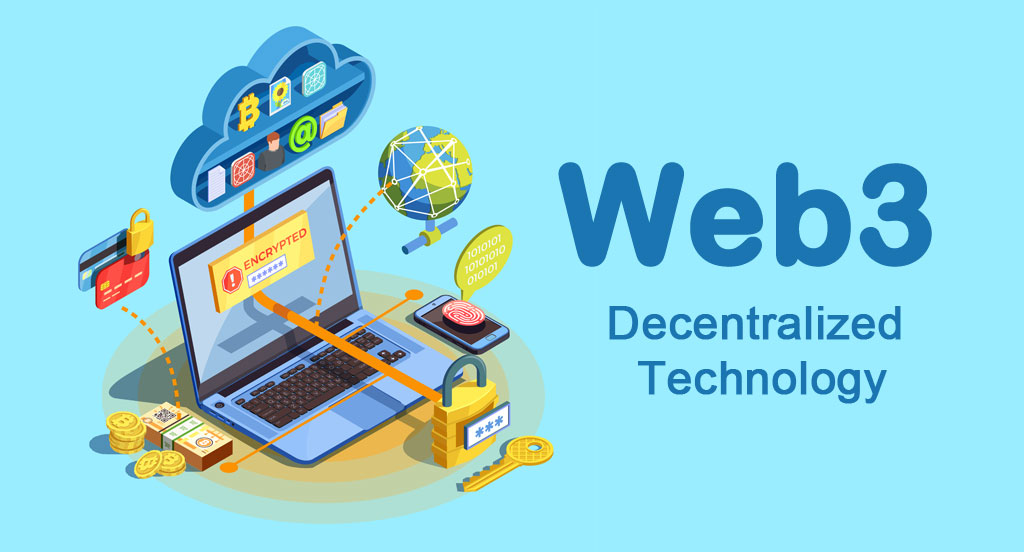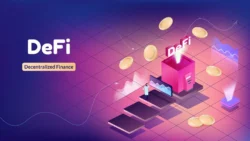The internet is evolving, and Web3 is at the forefront of this transformation. Unlike Web2, which relies on centralized platforms like social media giants and cloud providers, Web3 is a decentralized internet powered by blockchain technology, smart contracts, and user-owned data. Web3 compatibility refers to the ability of a website, application, or system to seamlessly integrate with these decentralized technologies, enabling users to interact with blockchain networks, digital wallets, and decentralized applications (dApps).
This beginner’s guide will break down what Web3 compatibility means, why it matters, and how it works in practice. Whether you’re a developer, business owner, or curious user, understanding Web3 compatibility is key to navigating the future of the internet.
Table of Contents
What Is Web3 Compatibility?
Web3 compatibility is the capability of a digital platform—such as a website, app, or service—to interact with decentralized technologies that define Web3. These technologies include blockchain networks (e.g., Ethereum, Solana, Polygon), cryptographic wallets (e.g., MetaMask, Coinbase Wallet), and decentralized protocols like IPFS (InterPlanetary File System). A Web3-compatible system allows users to perform actions like signing transactions, managing digital assets, or accessing dApps without relying on traditional centralized servers.
At its core, Web3 compatibility ensures that a platform can:
- Connect to blockchain networks for data or transactions.
- Support user authentication via crypto wallets.
- Enable interactions with smart contracts or dApps.
- Integrate with decentralized storage or identity systems.
For example, a Web3-compatible e-commerce site might let users pay with cryptocurrency, verify their identity with a decentralized ID, or store transaction records on a blockchain.
Why Web3 Compatibility Matters
Web3 compatibility is becoming essential as the internet shifts toward decentralization. Here’s why it’s important:
- User Empowerment: Web3 gives users control over their data, identity, and assets, moving away from centralized platforms that collect and monetize user information.
- Interoperability: Compatible systems can work across multiple blockchains and protocols, creating a more connected and flexible digital ecosystem.
- Innovation Opportunities: Businesses and developers can build dApps, offer tokenized rewards, or create NFT marketplaces, tapping into new revenue streams.
- Trust and Transparency: Blockchain’s immutable ledger ensures transparent and secure transactions, fostering trust in Web3-compatible platforms.
- Future-Proofing: As Web3 adoption grows, platforms that lack compatibility risk becoming obsolete.
Key Components of Web3 Compatibility
To achieve Web3 compatibility, a platform must integrate several key components. Let’s explore each one:
1. Blockchain Integration
Blockchains are the backbone of Web3, serving as decentralized ledgers that record transactions and data. A Web3-compatible platform must connect to one or more blockchain networks, such as:
- Ethereum: The most popular blockchain for smart contracts and dApps.
- Solana: Known for high-speed transactions and low fees.
- Polygon: A layer-2 solution for scaling Ethereum applications.
Compatibility involves using APIs like Web3.js or Ethers.js to interact with blockchain nodes, enabling actions like reading smart contract data or sending transactions.
2. Crypto Wallet Support
Crypto wallets are essential for Web3 interactions, allowing users to manage their digital assets, sign transactions, and authenticate their identity. A Web3-compatible platform must support popular wallets like:
- MetaMask: A browser extension and mobile app for Ethereum-based transactions.
- Coinbase Wallet: A user-friendly wallet for multiple blockchains.
- Trust Wallet: A mobile wallet supporting various tokens and dApps.
For example, a Web3-compatible website might prompt users to connect their MetaMask wallet to log in or purchase an NFT.
3. Smart Contracts
Smart contracts are self-executing programs on a blockchain that automate processes like payments or ownership transfers. Web3 compatibility requires platforms to interact with smart contracts, often written in languages like Solidity (for Ethereum). For instance, a decentralized marketplace might use smart contracts to handle escrow and payments without intermediaries.
4. Decentralized Storage
Unlike Web2, where data is stored on centralized servers, Web3 often uses decentralized storage solutions like:
- IPFS: A peer-to-peer protocol for storing and sharing files.
- Filecoin: A blockchain-based storage marketplace.
A Web3-compatible platform can retrieve or store data on these networks, ensuring resilience and user control.
5. Decentralized Identity (DID)
Web3 emphasizes self-sovereign identity, where users control their credentials without relying on centralized authorities. Compatible platforms support DID protocols, allowing users to log in using blockchain-based identities or verify credentials via services like Civic or uPort.
6. Token Standards
Web3 platforms often work with tokens, such as:
- ERC-20: For fungible tokens like stablecoins (e.g., USDT, DAI).
- ERC-721: For non-fungible tokens (NFTs) representing unique assets like digital art.
- ERC-1155: For multi-token standards combining fungible and non-fungible assets.
Compatibility means supporting token transactions, such as payments or NFT transfers, within the platform.
How to Achieve Web3 Compatibility
For developers or businesses looking to make their platforms Web3-compatible, here are the key steps:
- Choose a Blockchain: Decide which blockchain(s) to support based on your use case (e.g., Ethereum for dApps, Solana for fast transactions).
- Integrate Web3 Libraries: Use libraries like Web3.js, Ethers.js, or Solana’s Web3.js to connect your application to blockchain networks.
- Add Wallet Integration: Implement wallet connectivity using tools like WalletConnect or direct wallet APIs to enable user authentication and transactions.
- Support Decentralized Protocols: Incorporate IPFS or Filecoin for storage, and explore DID solutions for identity management.
- Test Cross-Chain Compatibility: Ensure your platform works with multiple blockchains if targeting a broad audience.
- Optimize User Experience: Simplify Web3 interactions for non-technical users, such as guiding them through wallet setup or transaction signing.
Challenges of Web3 Compatibility
While Web3 compatibility offers exciting opportunities, it comes with challenges:
- Complexity: Integrating blockchain and wallets requires technical expertise, especially for handling private keys securely.
- User Onboarding: Non-crypto-savvy users may find Web3 interfaces confusing, such as managing wallets or gas fees.
- Scalability: Some blockchains have high transaction costs or slow speeds, impacting user experience.
- Security Risks: Poorly implemented smart contracts or wallet integrations can lead to vulnerabilities like hacks or phishing.
- Regulatory Uncertainty: Web3 operates in a rapidly evolving legal landscape, requiring compliance with local regulations.
Real-World Examples of Web3 Compatibility
- Decentralized Finance (DeFi): Platforms like Uniswap or Aave are Web3-compatible, allowing users to trade or lend crypto assets via wallets and smart contracts.
- NFT Marketplaces: OpenSea and Rarible let users buy, sell, and mint NFTs using wallets like MetaMask, with data stored on IPFS.
- Web3 Social Platforms: Projects like Lens Protocol enable decentralized social networking, where users own their content and connect via wallets.
- Gaming: Web3-compatible games like Axie Infinity use blockchain for in-game assets (e.g., NFTs) and payments.
The Future of Web3 Compatibility
As Web3 adoption grows, compatibility will become a standard expectation for digital platforms. By 2025, we can expect:
- Improved Tools: More user-friendly libraries and frameworks to simplify Web3 integration.
- Cross-Chain Standards: Greater interoperability between blockchains, making compatibility easier.
- Mainstream Adoption: Businesses, from e-commerce to gaming, will increasingly adopt Web3 features to stay competitive.
- Enhanced UX: Better interfaces to make Web3 accessible to non-technical users.
Conclusion
Web3 compatibility is the gateway to the decentralized internet, enabling platforms to leverage blockchain, crypto wallets, and decentralized protocols. By understanding and implementing Web3 compatibility, developers and businesses can create innovative, user-centric applications that align with the future of the internet. Whether you’re building a dApp, integrating NFT support, or exploring decentralized identity, Web3 compatibility is a critical step toward embracing the next digital frontier.
Ready to dive into Web3? Start by exploring tools like MetaMask, Web3.js, and IPFS, and experiment with small projects to bring your platform into the decentralized world.







